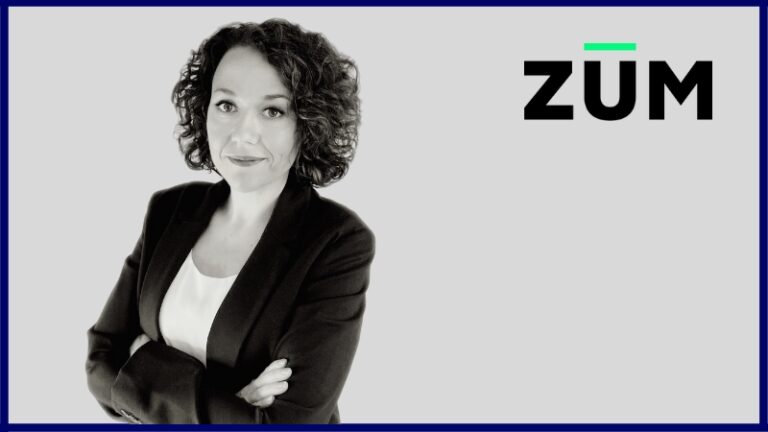My guest this week is the perfect person to keep our traction going for diversity and inclusion month! She is a self-proclaimed proud and positive disruptor that lives by the motto if you know better, do better. And she has had more than 20 years of experience in the fintech space, paving the way for the much-needed disruption of gender bias along the way. Zum Rails COO and Chief Diversity Officer Tara Wilson talks to us today about how to bake DEI into your DNA.
For those of you who may not know, Zum Rails offers a seamless, off-the-shelf product to combine open banking with payments, creating an easier way for businesses to manage the full maturation of the transaction. Their objective is to simplify the payment space and they see each payment as a full lifecycle that includes onboarding, settlement and even management beyond the payment reconciliation. Their target markets include mortgage companies, crypto, lending an investment, and their company currently has just under 50 people – all of which are working fully remote.
As for the diversity and inclusion aspect, I talked to Tara about how to build it into the company DNA. She speaks passionately about having each company know what their NorthStar is when it comes to DEI and to strive to make that journey happen while living within the values and principles of each individual company contributor. Some of the main strategies she talks about include defining core values, establishing a mission and vision, leadership training, the importance of same-place mentality, and executing all of this from the top down through open, honest, and consistent communication.
Tune in this week to hear Tara talk about her journey to COO, including what it felt like to be one of the only women in fintech and the “lucky to be here” versus “deserve to be here” mentality that has motivated her passion for DEI. We also talk about how to make DEI a true company standard versus a tick box exercise, and why leaders need to understand ROI when it comes to employee well-being.







